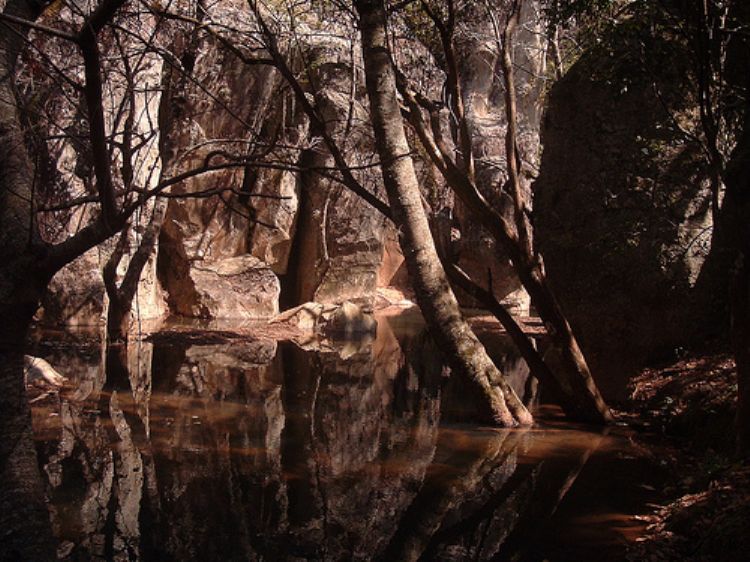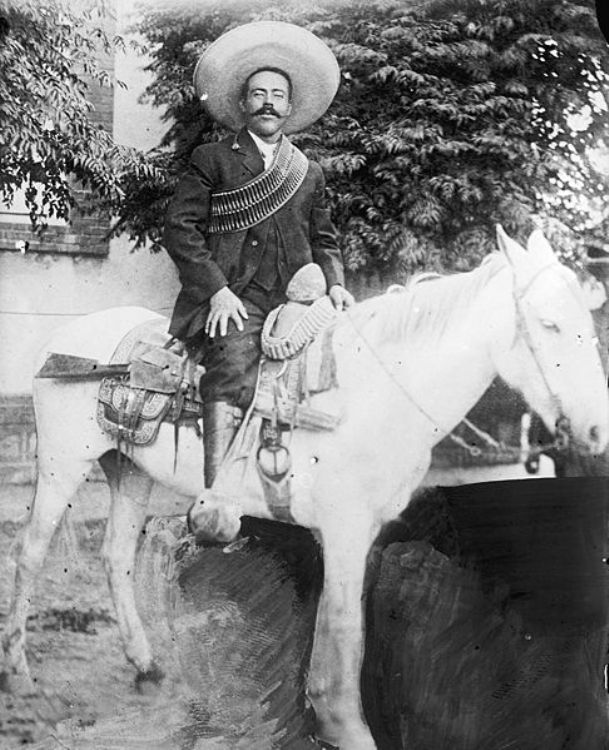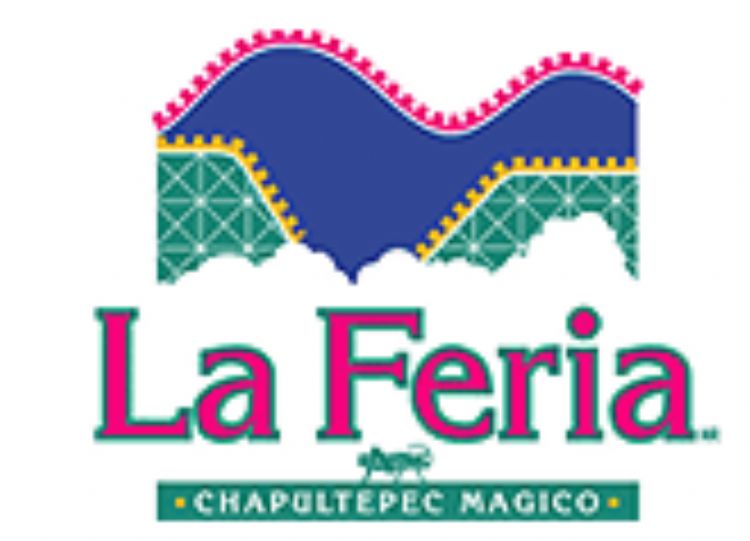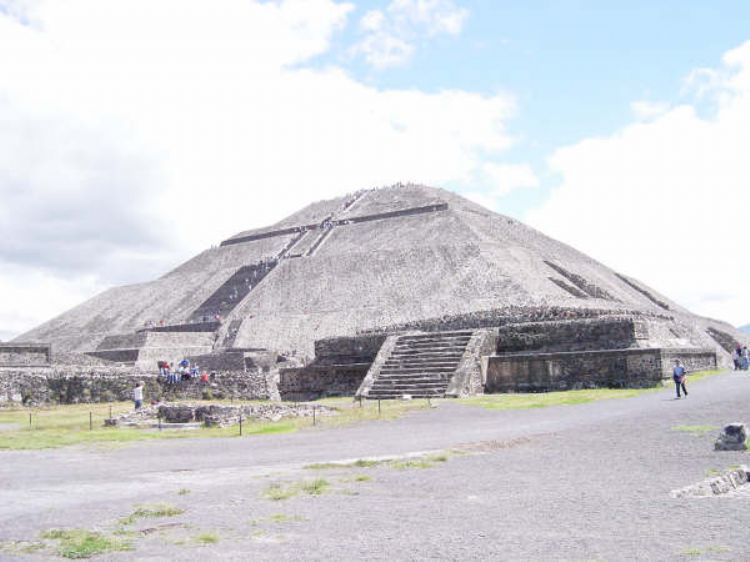Huasca, in Hidalgo Mexico

The name Huasca has its origin in the Nahuatl word Huascazaloyam, meaning âplace of birds, water, plants and joyfulnessâ. This population added âde Ocampoâ to its name in honor of politician Melchor Ocampo, who lived here while fleeing from the repression policies imposed by then President Antonio Lopez de Santa Anna during the second half of the XIX century.
Huasca was founded in 1760 by Pedro Romero de Terreros, named Count of Regla by the Spanish crown in order to extract gold and silver from the region. It was recognized as a municipality in 1870.
This city is located in the State of Hidalgo, 38 kilometers to the northwest of Pachuca City. Located on top of the neovolcanic axis, its orography is formed by the plains, canyons and mountains of Sierra Madre Occidental. Its hydrography is composed by rivers Panuco, Moctezuma, Huascazaloya, Iztla and San Jeronimo, among others. River San Antonio Regla, together with a few others, forms the flow of the Regla Waterfall. The San Antonio Regla Damn collects it and helps in the water supply for land irrigation during low rainfall seasons.
The population of Huasca de Ocampo is mostly dedicated to farming activities and crafts; selling wool textiles, red clay objects, oak furniture and fresh cheese. Its gastronomic peculiarity is the pastes, dough filled with meat, potatoes and leek; its name derived from the word pastry, the lunch of English miners in the past.
Besides its comfortable yearly average temperature of 59° F, Huasca is a tourist favorite for its history, traditions, natural sanctuaries and tranquility. Some of its greatest attractions are:
Ex-Hacienda San Miguel Regla is a facility from the XVIII century that was used for metal production. Currently, it is a beautiful hotel that still preserves most of its structure and furnaces.
Ex-Hacienda de Santa María Regla was the home of Pedro Romero de Terreros, first Count of Regla. This was the first silver producing hacienda in the region, its patios and chapel are still preserved.
The Basaltic Prisms are a set of igneous rock, known as prismatic basalt, in geologic formations making a vertical wall with gigantic columns of approximately fifty meters in height, decorating the walls of a gully known as Alcholoya. These basaltic prisms were formed by the accelerated cooling of lava millions of years ago. It is found in a waterfall formed by the San Antonio Dam, the water falls through the prisms towards the river of the ravine. This geologic phenomenon is unique in the continent.
Huariche and Zembo are forests with ecotourism developments where you can find cabins and camping areas. The Trout Forrest and Cruz Damn are ideal for fishing rainbow trout where you can rent all the necessary equipment for this activity and locals offer to cook your catch so you can enjoy it fresh!
El Chico National Park is one of Mexicoâs oldest parks. Created in 1898, it spans over more than 2739 hectares of dense forests with facilities for camping, hiking and fishing. It is a favorite of those who like mountain climbing for its rocky elevations amid valleys and canyons.
Artículo Producido por el Equipo Editorial Explorando México.
Copyright Explorando México, Todos los Derechos Reservados.
Foto: Ver Autor y Licencia






